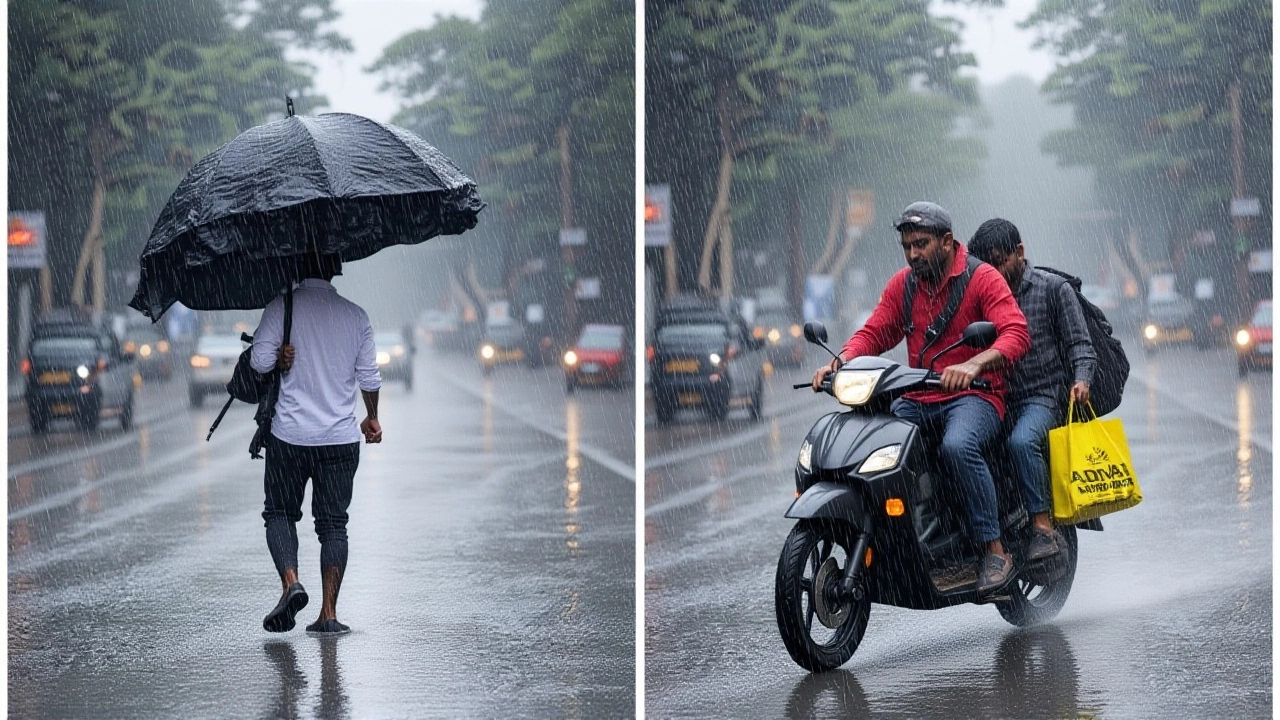Northeast Monsoon: Understanding India’s Seasonal Shift
Did you know that over 30 % of India’s annual rain falls during a four‑month window that most people forget? When working with Northeast Monsoon, a seasonal wind that carries moisture from the Bay of Bengal to the southeastern coast of India, also known as retreating monsoon, you’re tapping into a climate engine that fuels crops, powers festivals and reshapes travel plans. It sits alongside the more famous Monsoon season, the broader yearly cycle of wet and dry periods that governs the subcontinent’s weather. The way these winds interact with Agriculture, the practice of growing food and cash crops in the region, determines everything from rice paddies to mango orchards. This intro will walk you through the main players, so you can see how a single wind system shapes daily life.
Where the Northeast Monsoon Hits and Why
The wind starts its journey in October, hugging the eastern coastline of Tamil Tamil Nadu, parts of Andhra Pradesh and Kerala. As it moves, the moisture‑laden air hits the Western Ghats, drops its load, and creates the heavy showers locals call “June December rain.” This pattern is a classic example of a subject‑predicate‑object triple: Northeast Monsoon → brings → heavy rain to southeastern coast. The geography matters because the coastline’s shape funnels the wind, while the hills force uplift, boosting precipitation. This geographic dance explains why cities like Chennai see a sudden jump in river levels, while inland districts stay drier. Understanding the terrain helps you predict flood risks or plan a beach vacation with confidence.
Rainfall isn’t just a number on a weather map; it’s an engine for the region’s economy. In a typical year the Rainfall, total precipitation measured during the monsoon months can exceed 800 mm in some districts. When that amount arrives at the right time, farms flourish; miss it, and yields plummet. That makes the second semantic triple clear: Rainfall patterns → affect → agricultural output. Farmers watch the sky as closely as market prices, timing sowing and harvesting around the wind’s arrival. Even the timing of festivals like Pongal aligns with the harvest, showing how weather, culture and economy intertwine.
Because the Northeast Monsoon is predictable, it also shapes tourism. Coastal towns gear up for a short burst of “rain‑friendly” travel, where visitors enjoy cooler temperatures and lush scenery. Hotels advertise the monsoon’s misty mornings, and adventure seekers chase waterfalls at their peak. Here’s another triple: Monsoon season → influences → tourism activities. If you love off‑season deals, this window offers lower rates and fewer crowds. On the flip side, heavy downpours can disrupt ferry services, so savvy travelers keep an eye on daily forecasts and plan indoor attractions as backups.
Climate change adds a new layer of complexity. Recent studies show the Northeast Monsoon’s onset is shifting by a week earlier, and intensity is becoming more erratic. That translates to both opportunities and challenges: some years bring record‑breaking rains, boosting water reserves, while others see gaps that stress crops and strain water supply. This evolving pattern underlines the third triple: Climate change → modifies → monsoon behavior. Policymakers are now investing in better drainage systems and climate‑resilient farming practices to buffer against these swings.
All these threads—wind, rain, farms, travelers, and the broader climate—come together in a single story: the Northeast Monsoon isn’t just a weather event; it’s a lifeline that drives daily decisions across India’s southeast. Below you’ll find a curated set of posts that break down each angle in detail, from the science of the wind to real‑world tips for farmers and tourists alike. Dive in to see how this seasonal shift shapes the land, the people, and the possibilities that follow.
Western Disturbance Brings Heavy Rain & 6°C Drop to Delhi-NCR
A Western Disturbance brings heavy rain and a 6°C temperature drop to Delhi-NCR, prompting a yellow alert and delaying the Northeast Monsoon, says IMD.
learn more